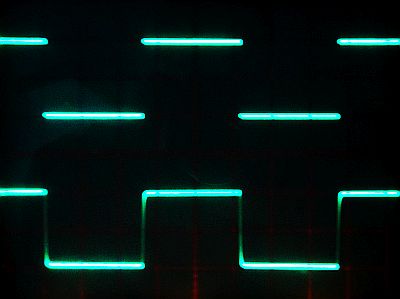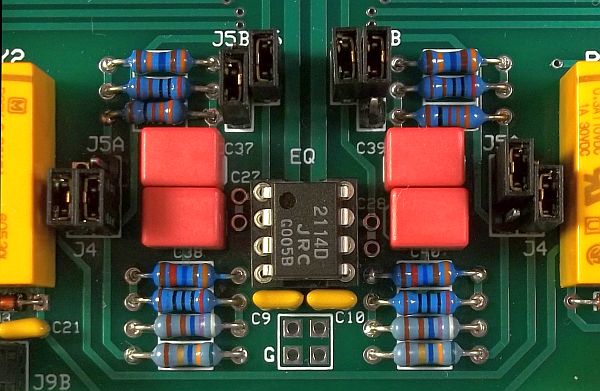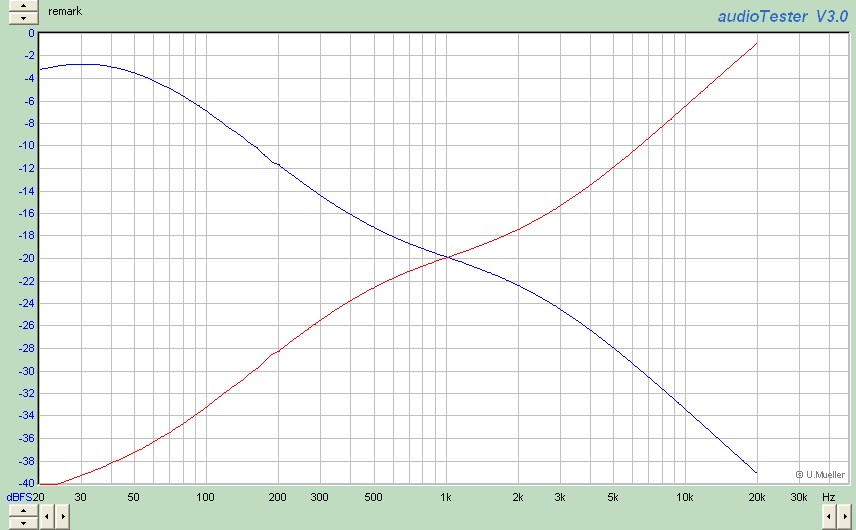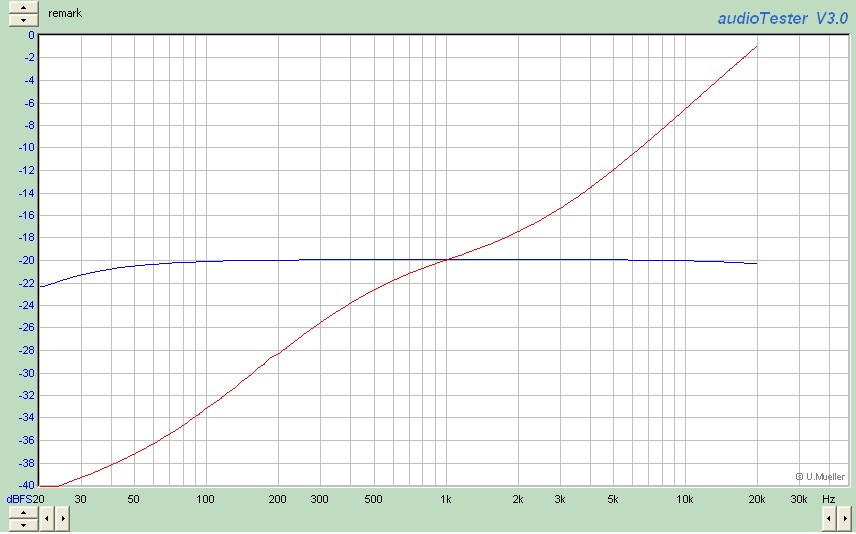The project is a "Swiss Army Knife" phono preamp/transfer rig. Its main purpose in life is to provide RAW, flat, un-EQ'd output to a DAW for capture, de-clicking/cleanup, and post clean-up, DSP-based, RIAA EQ. The flat preamp will have a fully-balanced instrumentation amp for MM carts. It's designed to be remotely-powered and located at the turntable. It's "line level" output will then feed a dual path record and monitor switcher located at the DAW about 30 wire feet away from the turntable. With un-EQ'd playback being painful to listen to, an analog RIAA playback circuit is available for monitoring or EQ'd (not RAW) transfers. When completed I will be able to simultaneously record RAW files as I edit and declick previously-recorded files monitoring through analog RIAA decode. Monitor switching, between the record path and playback path, is non-destructive. I can do two things at once. Having used the proto to rip and edit at the same time I know I can fly through an LP.
One suggestion for the "Swiss Army Knife Phono Preamp" came from this forum's Paul Gold. Paul suggested insert points to apply inverse RIAA EQ for cutting. Most of the inverse RIAA circuits are passive EQ/attenuators used for phono preamp testing. Few modern line-level inverse RIAA circuits seem to be published. I decided to see if it was possible to make the existing RIAA playback EQ into an Inverse RIAA.
The RIAA playback EQ I used is a unique topology that to the best of my knowledge was first described by John Roberts in his March 1981 Popular Electronics P10 phono preamp article. Solid State Music, "SSM," re-published John's design in the SSM2015 datasheet some years later.
What's unique about the P10 RIAA EQ is where feedback is taken. In the P10 EQ topology the 3180 and 318 us networks are split: The 3180 us time constant is in the feedback loop; the 318 us time constant is applied as pre-emphasis that works against the 3180 us time constant to form the 3180 to 318 us "shelf." The -6dB/octave falling response of the 3180 us pole working against the rising +6dB/octave 318 us pole produces a net shelving response from 318 us to 75 us. The 75 us pole, located at the input, is passive. The resulting transfer function is identical to the "conventional" RIAA EQ network without the 75 us/3180 us interaction. The result is an accurate RIAA network with minimal component interaction.
What I found with the P10 RIAA playback EQ is that the circuit elements could be reversed (with jumpers) to easily provide inverse RIAA EQ.
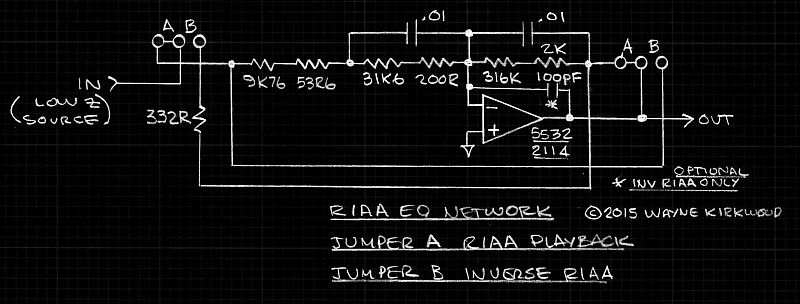
A switchable RIAA/Inverse RIAA EQ Circuit for Playback or Cutterhead Modulation.
The jumpers are shown in the "A" RIAA playback position.
The 3180 us network is formed by the 10 nF (1%) and 316K+2K. At their ideal values the tc is exactly 3180 us.
The 318 us network is formed by the 10 nF (1%) and 31K6 + 200R. The tc is exactly 318 us.
The 75 us pole, located at the input, is not obvious and for all practical purposes is passive.
The 75 us pole is formed by [(9K76+53R6)||(31K6+200R) * 10 nF. With ideal values it calculates out to be 74.99 us.
It should be noted that the 75 us pole is passive by virtue of the fact that the right-hand side of the 10 nF is held at virtual ground by the op amp.
When the jumpers are placed in the "B" position, which reverses the position of the 75/318 and the 3180 feedback networks, an inverse RIAA response is obtained.
One problem with any inverse RIAA network is that the response rises into daylight or until the op amp (a 709 in the SE-66) runs out of steam.
Neumann used second-order filters to limit ultrasonic response.
If I'm not mistaken both the SE-66 and SAB-74B used a Sallen-Key topology with a Butterworth, or slightly peaked Butterworth response.
The SE-66 used a 33 kHz post pre-emphasis filter, the SAB-74B a 50 kHz pre pre-emphasis filter.
In the inverse RIAA circuit shown above a 3.3 us time constant has been added, by the 332 Ohm resistor, to reduce the ultrasonic response.
In addition, without the 332R, few op amps would be able to drive the 3180 network due to its low AC impedance at HF.
An additional ultrasonic pole is added with an optional 100 pF cap.
(This cap should not be used in the RIAA playback position because it creates a small error.)
With only the 332R the 20 kHz response is down by about 0.5 dB from the ideal.
With both the 332R and 100 pF the response is attenuated at 20K by about 0.75 dB.
For extremely critical applications one could make the input resistor 100R and pre-filter using a Sallen-Key 12 dB/octave 50 kHz fc filter.
Does it work?
Yes it does.
I verified the RIAA playback response using the Jung/Lipshitz network as my inverse RIAA.
I then cascaded the "P10" Inverse RIAA into the P10 playback RIAA and drove the chain with both sine and square wave inputs.
The sine response was ruler flat until the minor 20 kHz rolloff - a rollof that both the SE-66 and SAB-74 exhibit.
The squarewave response was excellent and verified the amplitude response measurements.
As expected, the last octave showed the presence of bandwidth limiting from the ultrasonic poles.
Those wishing to follow the preamp thread can find it here. It's a long and winding thread and still a work in progress. I recommend anyone following it jump to the later schematics using the link in the original post.
http://www.proaudiodesignforum.com/forum/php/viewtopic.php?f=6&t=423
I hope all of you find the circuit useful.
Wayne


